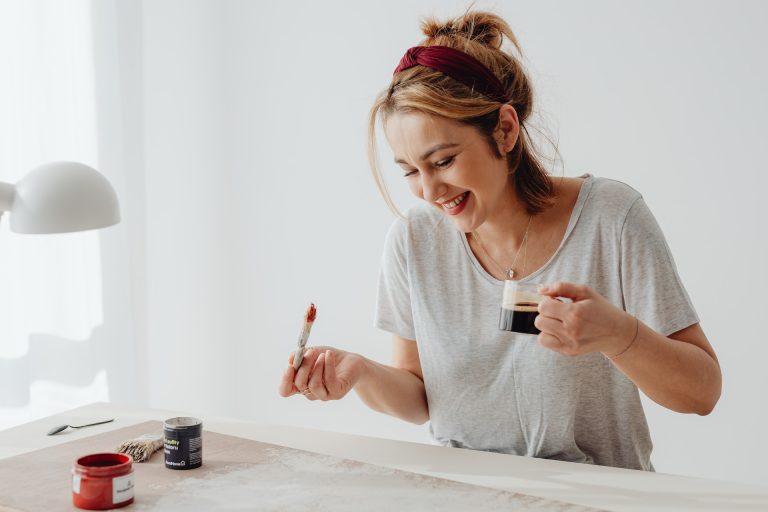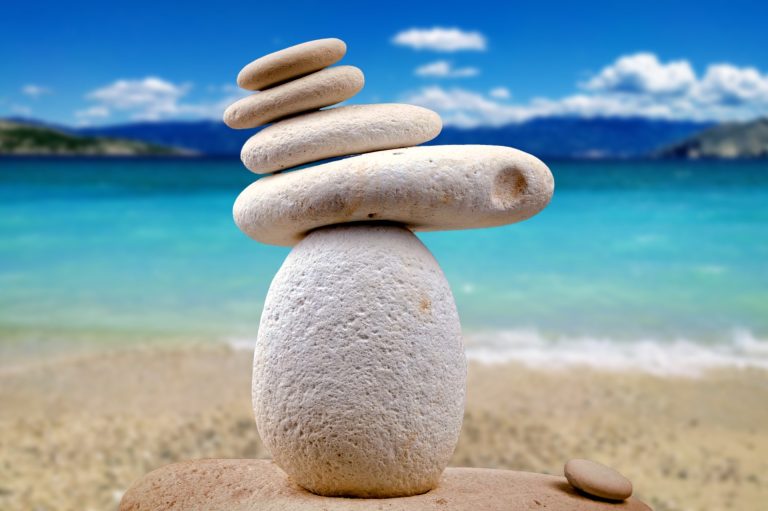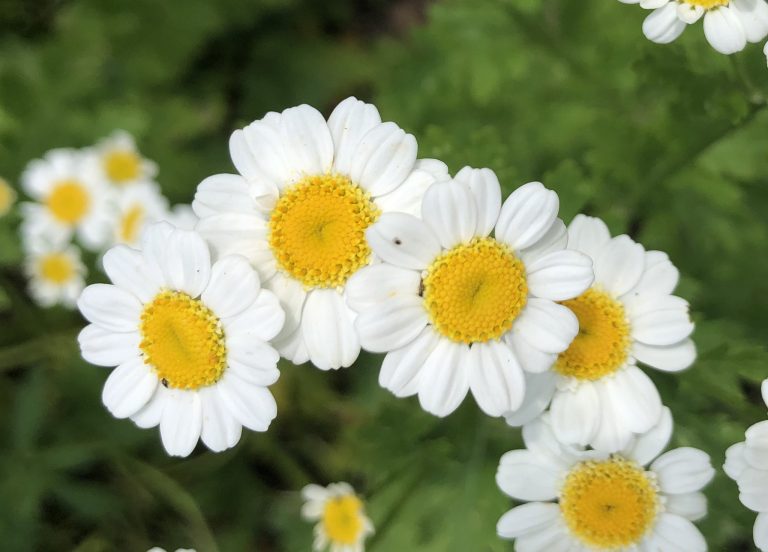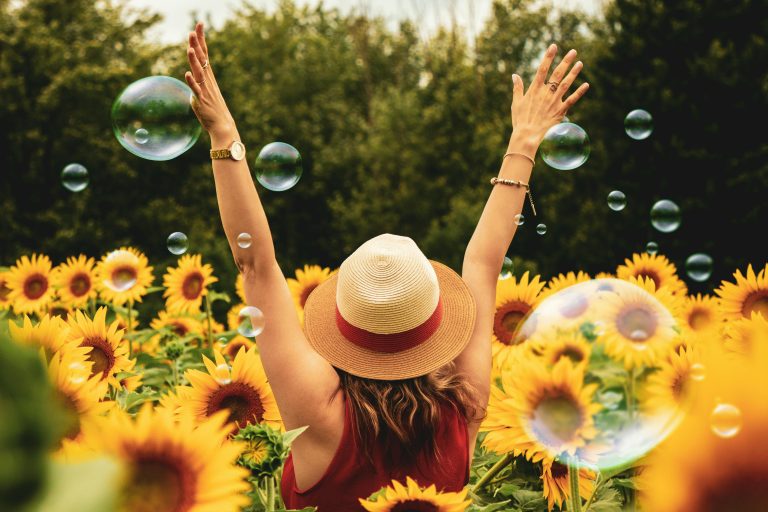Artist’s block may seem like a mere state of mind. Since creativity is intangible, it’s easy to assume that we just need to make some mental space for it to return. However, studies have shown that our ability to create is closely linked with our physical wellbeing.
While overworking may be common among dedicated artists, burnout is a major factor in feeling stuck, or uninspired. Abraham Lincoln’s sage advice, “If I only had an hour to chop down a tree, I would spend the first 45 minutes sharpening my axe,” reminds us how important it is to keep the physical body — our main artistic tool — in optimal condition for creating.
Artist’s block? Sleep it off
Sleep is the most effective thing we can do to naturally restore our body. In addition to helping the brain process information and store memories, sleep has been discovered to drain our brains of waste products that, when accumulated, can lead to mental illness.
Sleep can also improve productivity in a surprising way — not only can a good night’s rest rejuvenate us, it can also bring new ideas and solutions. In 1993, Harvard Medical School conducted a study in which participants were asked to think of a question or problem before going to bed every day for a week.
After recording their dreams each night, it was found that about half of the participants had dreams related to their problem, and most of them claimed to have found a solution in those dreams.
Success
You are now signed up for our newsletter
Success
Check your email to complete sign up
This suggests that our brains continue to process information during sleep, allowing new connections to be made and new perspectives to be formed.
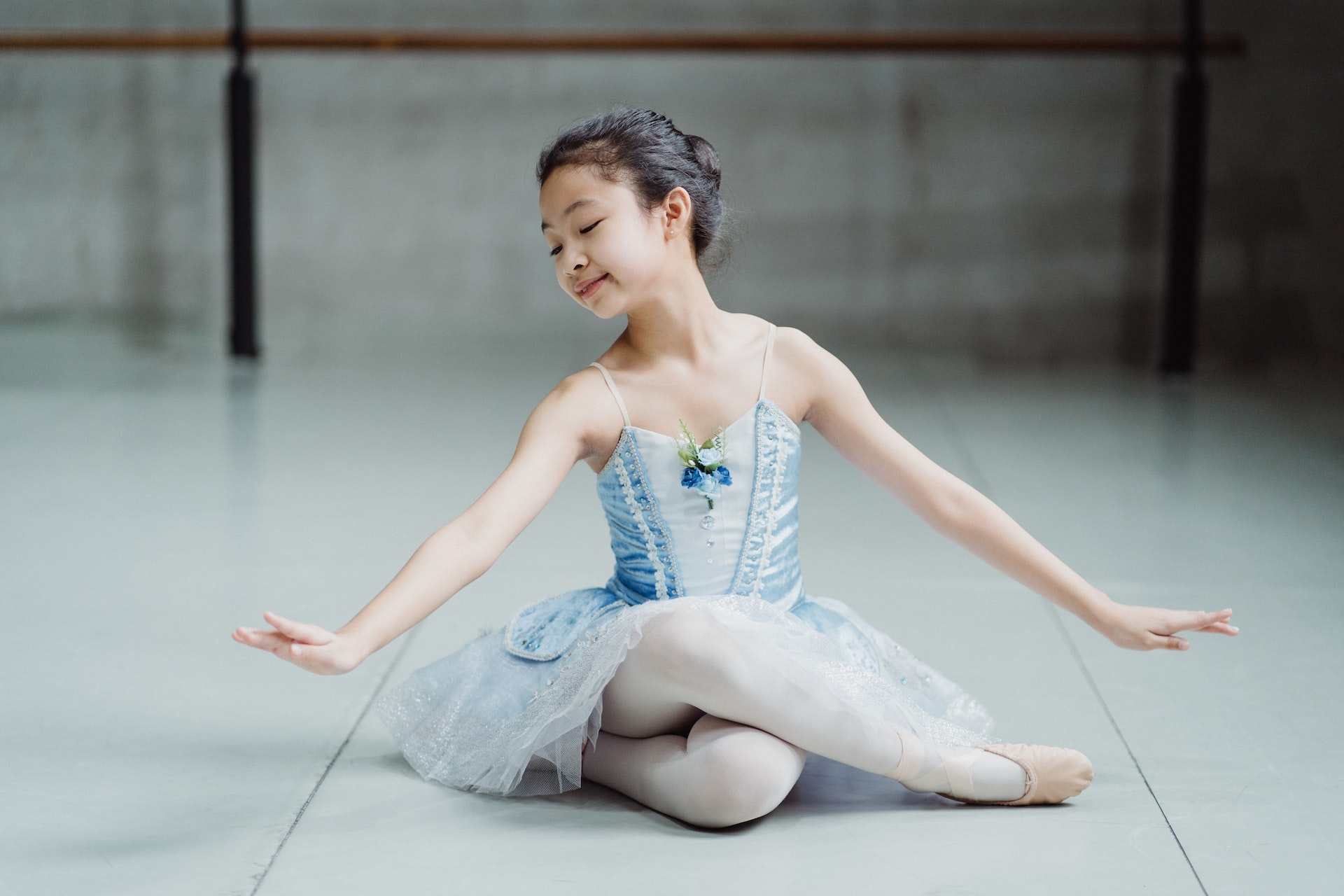
Another study determined that creativity is linked to the duration and quality of our sleep. In assessing participants’ creative thinking ability, the researchers found that those who had been allowed to enter REM or rapid eye movement sleep — the final stage of the sleep cycle — scored better on a creativity test compared to those who only entered non-REM sleep — dreamless sleep.
Nurture creativity with your diet
Having a balanced diet and avoiding highly-processed foods is always recommended for maintaining good health. But did you know that there are some particular foods that can enhance our creative abilities?
Salmon, as a great source of omega 3 fatty acids, has been found to increase the volume of gray matter in areas of the brain related to memory and cognition. Gray matter is where information and brain signals are processed, an activity essential to creative work. Other foods rich in omega-3s include walnuts, flax seeds, and the wild edible, purslane.
Popcorn is a whole grain packed with important nutrients that help you stay focused longer, while regulating blood flow and blood-sugar levels. Air-popped and unadorned, popcorn is a light snack, rich in fiber and with higher antioxidant levels than some fruits and vegetables.
Berries are loaded with compounds that facilitate communication between neurons while helping to activate BDNF, a molecule that stimulates the growth of new neurons and is key to memory and learning. Studies have shown that consumption of blueberries — especially rich in antioxidants — can increase our concentration and memory for up to five hours by stimulating the flow of blood and oxygen to the brain.

Pumpkin seeds are an excellent source of magnesium, iron, zinc, iron and copper; all of which are essential to brain health. Magnesium is known for supporting brain development, memory and learning, while zinc can improve our critical thinking while helping us regulate our mood. Copper is used by essential enzymes to supply the brain with energy and iron plays a key role in the daily functions of the brain.
Green tea has long been valued for its medicinal properties. Our ancestors knew that drinking tea could control bleeding, facilitate digestion, regulate body temperature and much more. Besides the stimulant caffeine, green tea also provides l-theanine, a chemical compound which boosts dopamine (a neurotransmitter that benefits memory), and GABA, an inhibitory neurotransmitter that helps reduce anxiety.
READ ALSO:
- Chinese Tea Culture: Origin, Development, and the Dao of Tea
- Years of Research Reveals the Effects of Alcohol and Tea on Long-Term Health
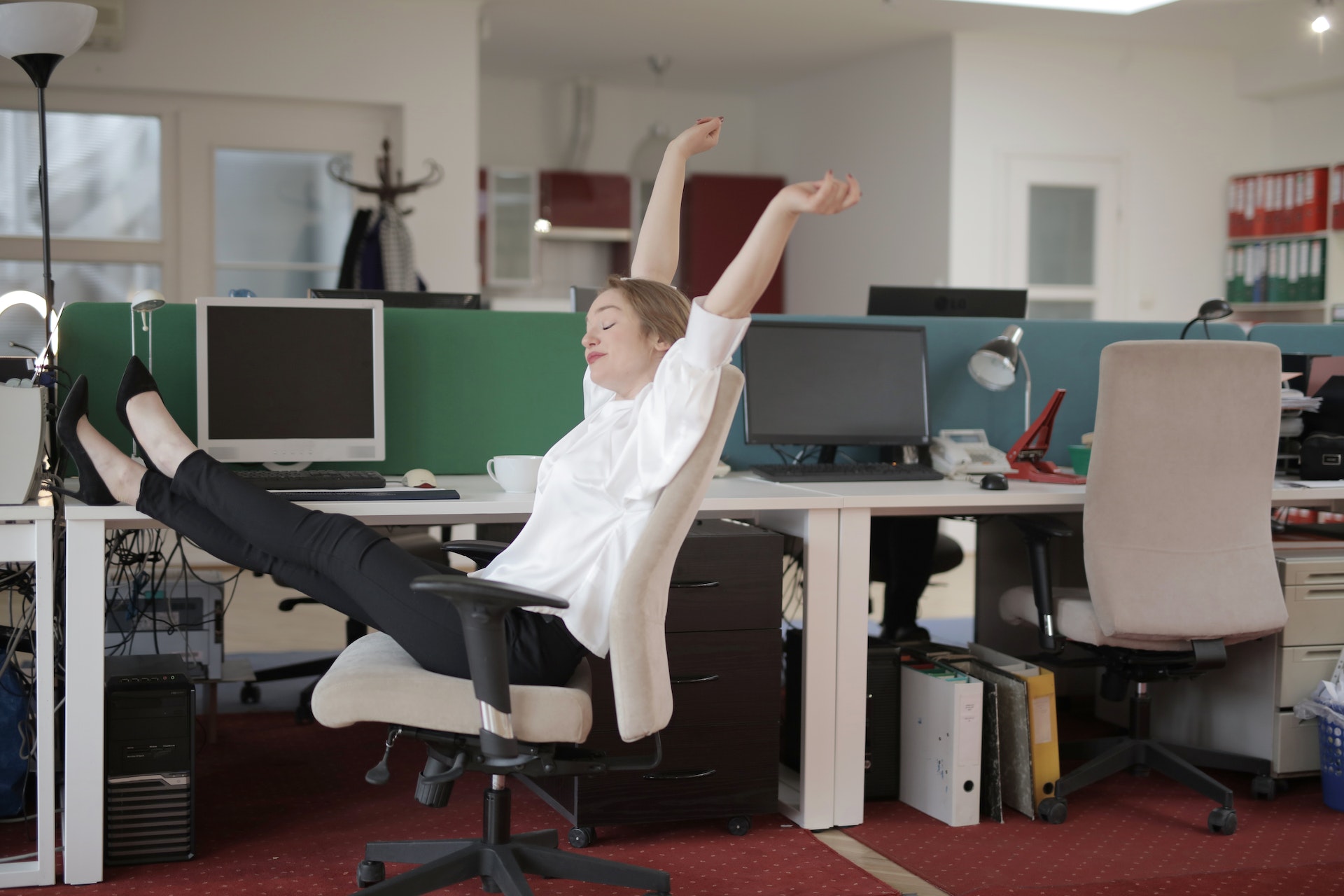
Take breaks to prevent burnout
Exhaustion is one of the main causes of artist’s block. According to science journalist Ferris Jabr, “Downtime replenishes the brain’s stores of attention and motivation, encourages productivity and creativity, and is essential to both achieve our highest levels of performance and simply form stable memories in everyday life.”
Author Cal Newport explains in his book Deep Work, that our brains can sustain a maximum of four hours of uninterrupted concentration per day. After that, our focused attention and productivity diminish. Taking breaks improves productivity by helping you maintain focus during your working time.
Italian entrepreneur Francesco Cirillo suggests breaking down big projects into their incremental components, and incorporating breaks in between. To stay on task, set a timer to 25 minutes as your break time. Take five — you deserve it — and repeat. After four sessions, take a longer break of up to 30 minutes.
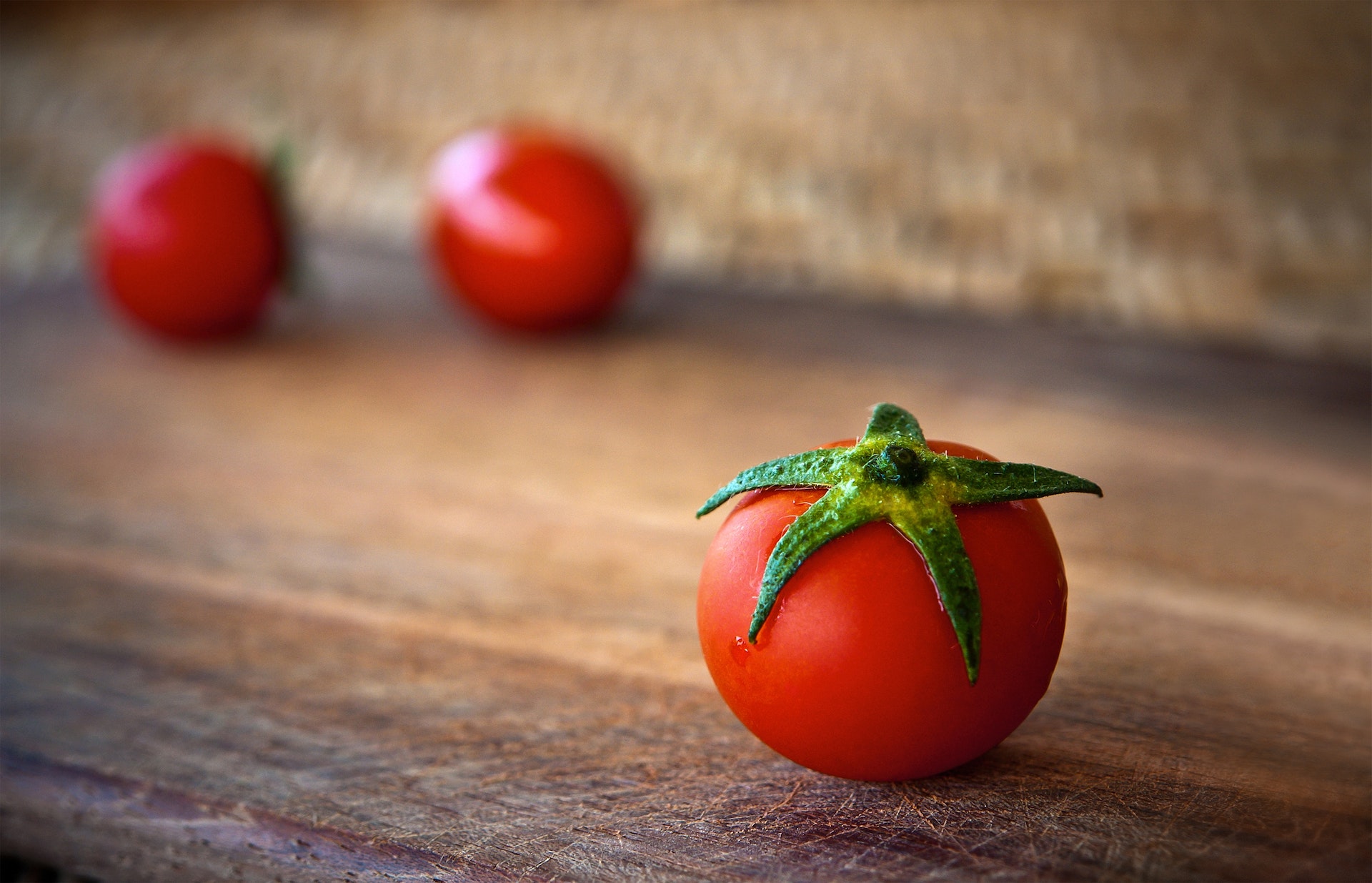
Also, don’t neglect to give yourself a vacation — even if it’s just a few days — from your art. Becoming immersed in an entirely different setting does wonders for your work in the long run.
Stay close to nature
According to the Attention Restoration Theory (ART), when we expose ourselves to natural environments, our attention — a limited cognitive resource — is likely to be restored.
Natural light is key to a stimulating workspace because it changes throughout the day, with a glimpse of sky being even more engaging. If your workspace lacks a window, at least get some exposure to sunlight during breaks. Natural light is proven to restore your attention and improve your productivity.
Plants make cheerful, calming companions. A 2011 study published in the Journal of Environmental Psychology revealed that indoor plants can prevent fatigue during mentally-demanding work and increase our attention capacity. If your environment isn’t suitable for plants, having an outdoor view or even images of nature can also be beneficial.
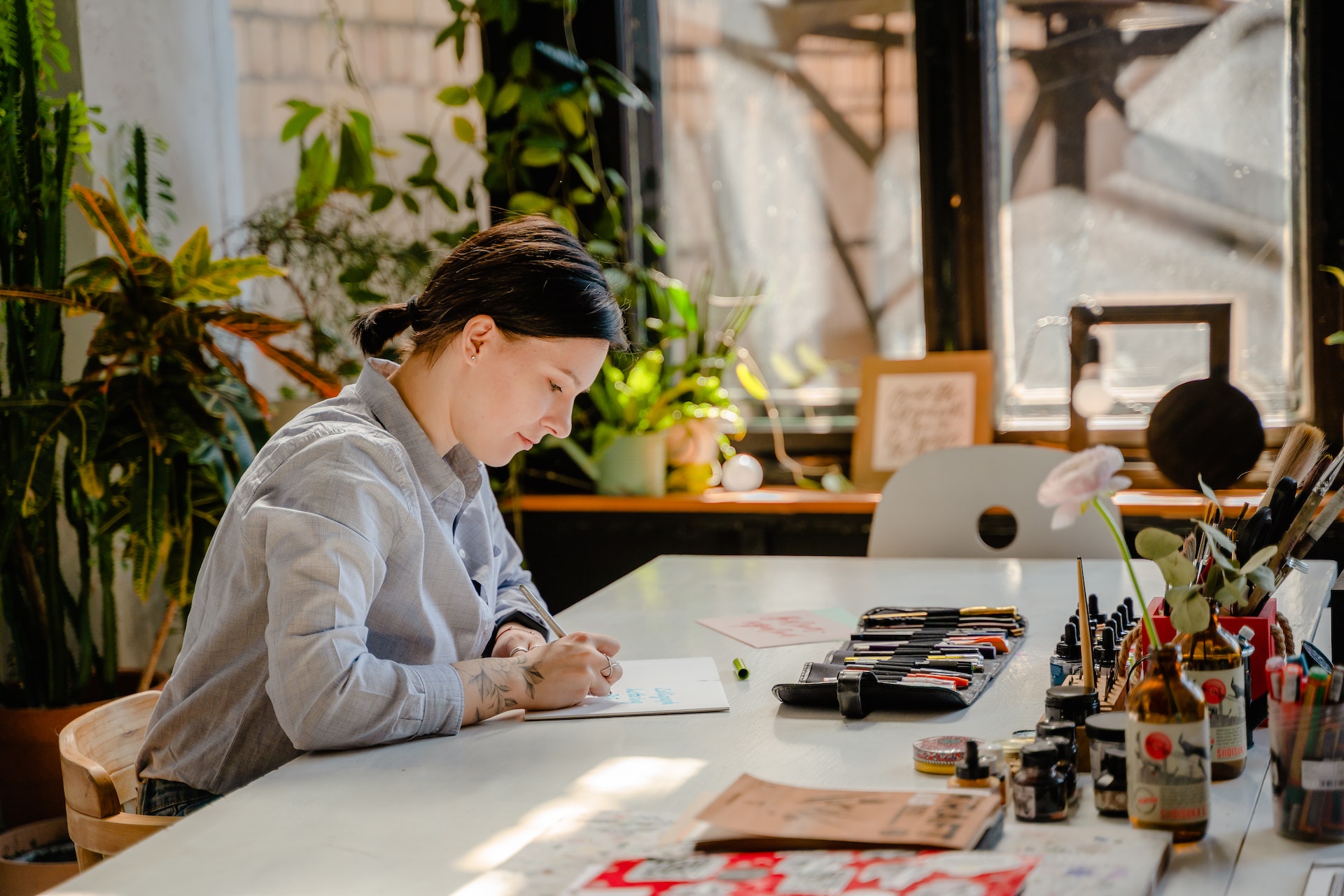
The sound and color of water are also known to improve emotional well-being. You may not be able to work next to a waterfall; but it’s easy to play water sounds on electronic devices and incorporate some blue in your decor. If you have sufficient room on your desk, you might consider a tabletop fountain — a fun creative endeavor in itself!
Stay tuned for Part III, and more suggestions for overcoming artist’s block.
Click here for Part I of this series: Overcoming Artist’s Block: Recover Your Creative Inspiration – Part I



